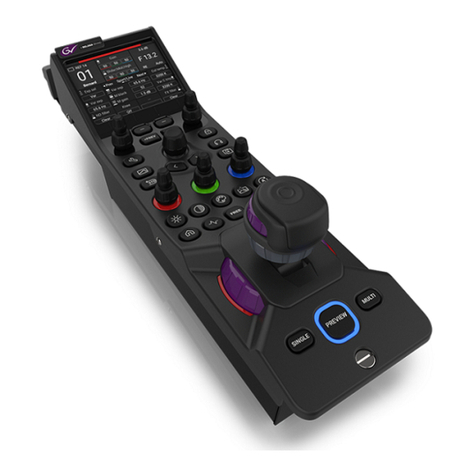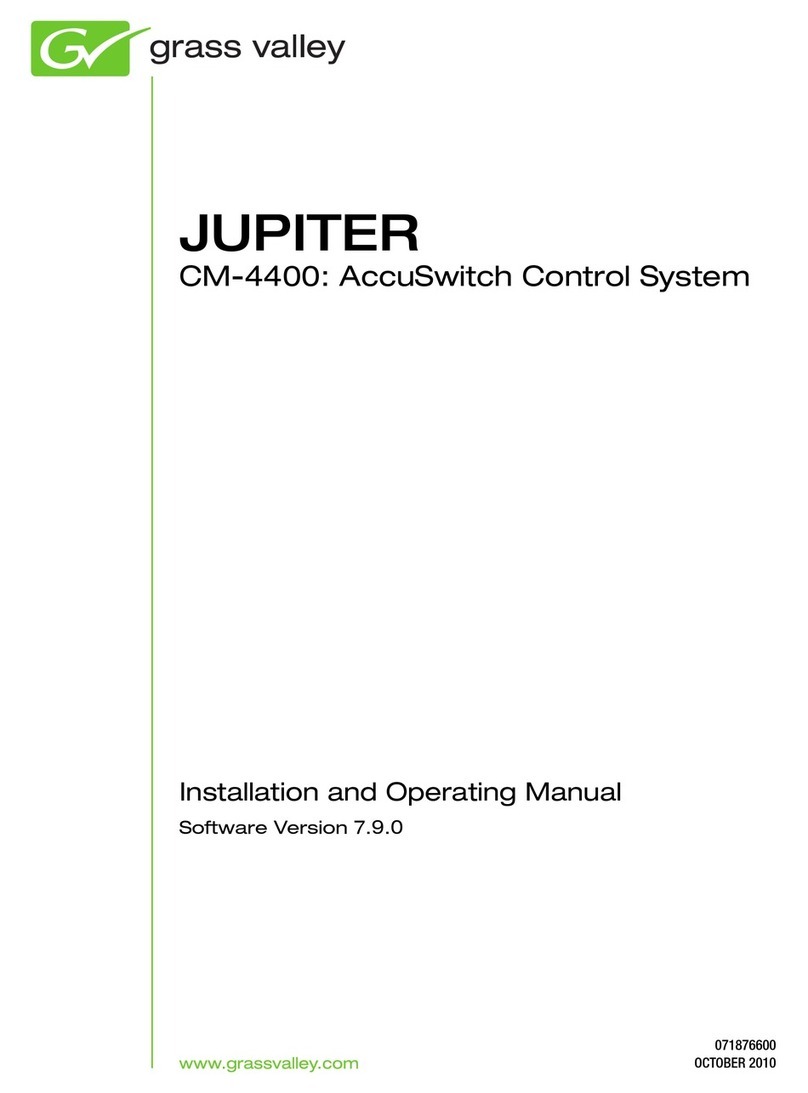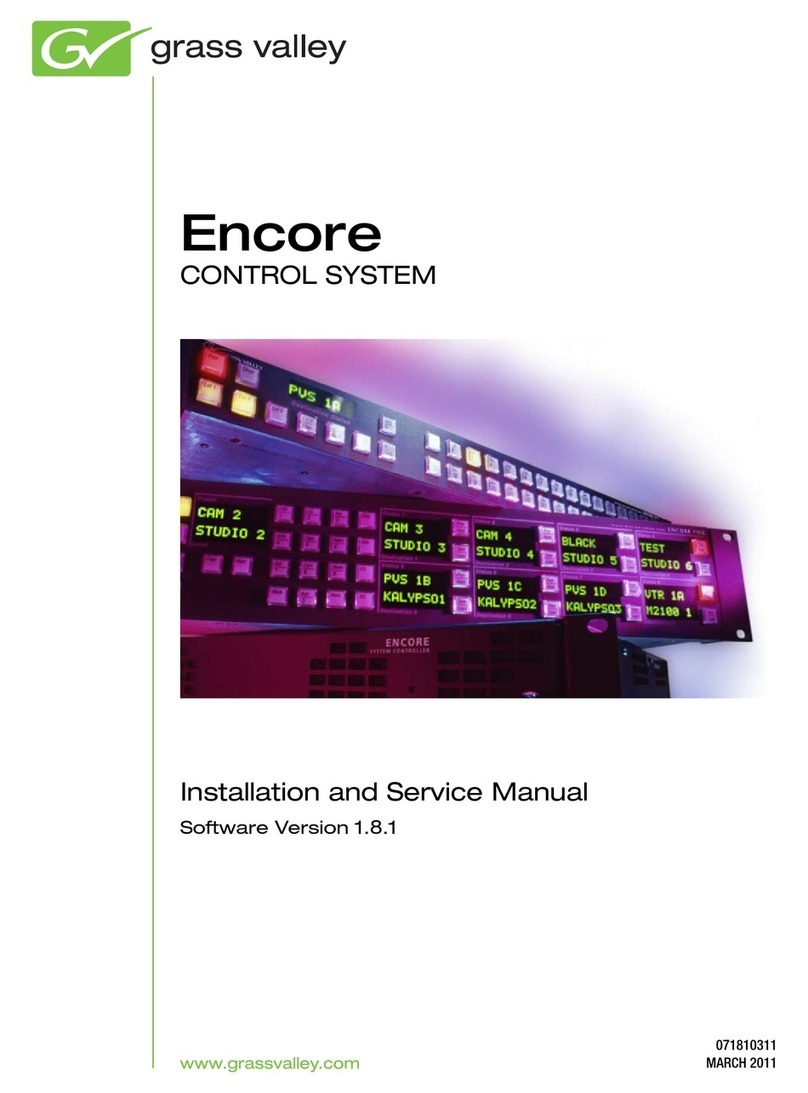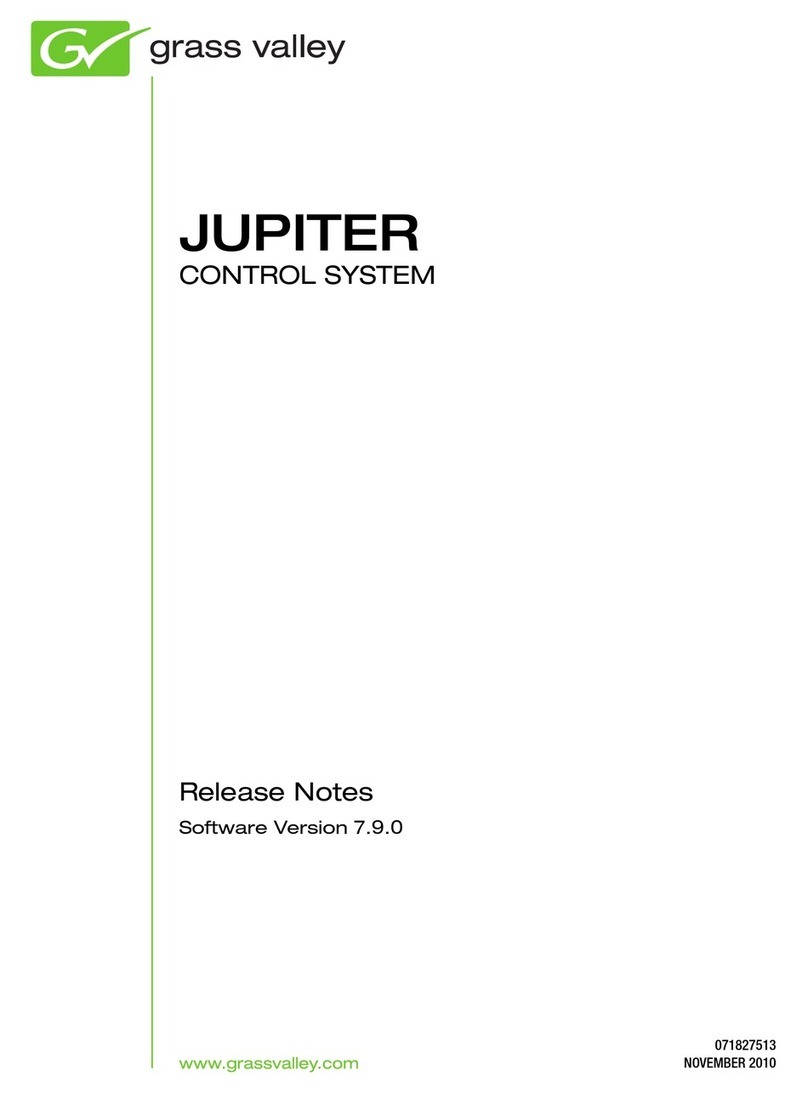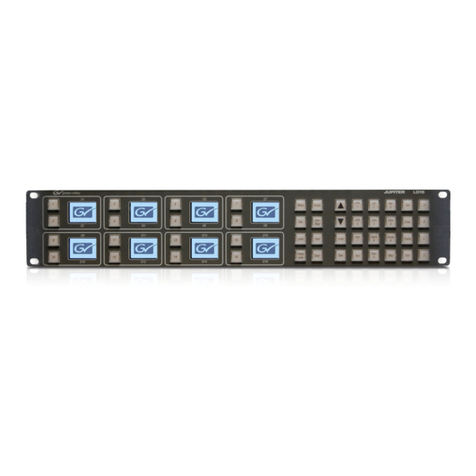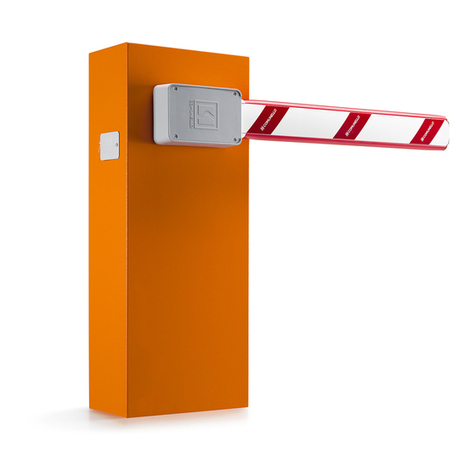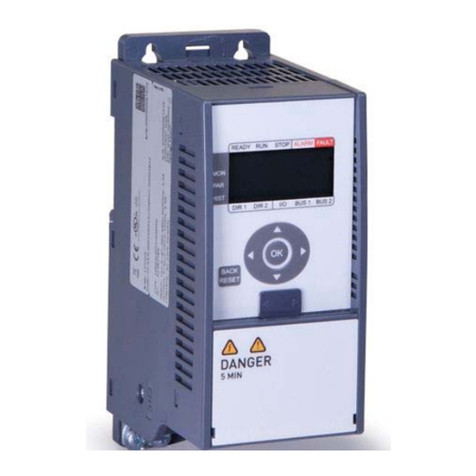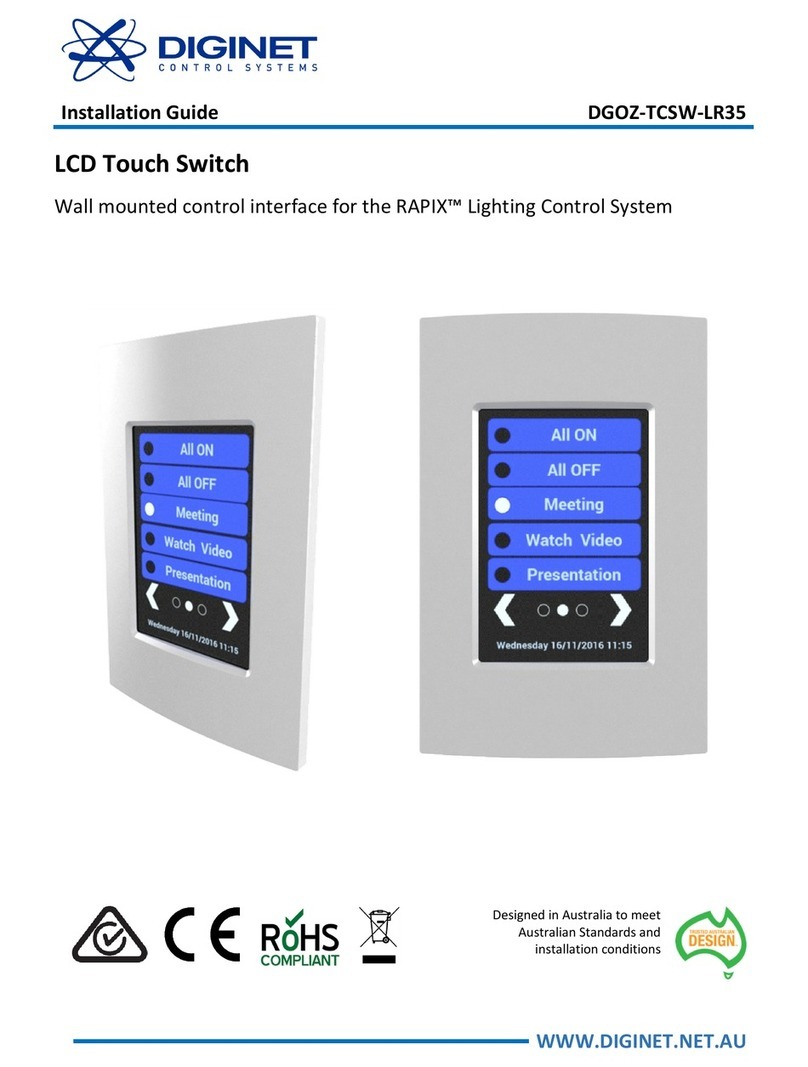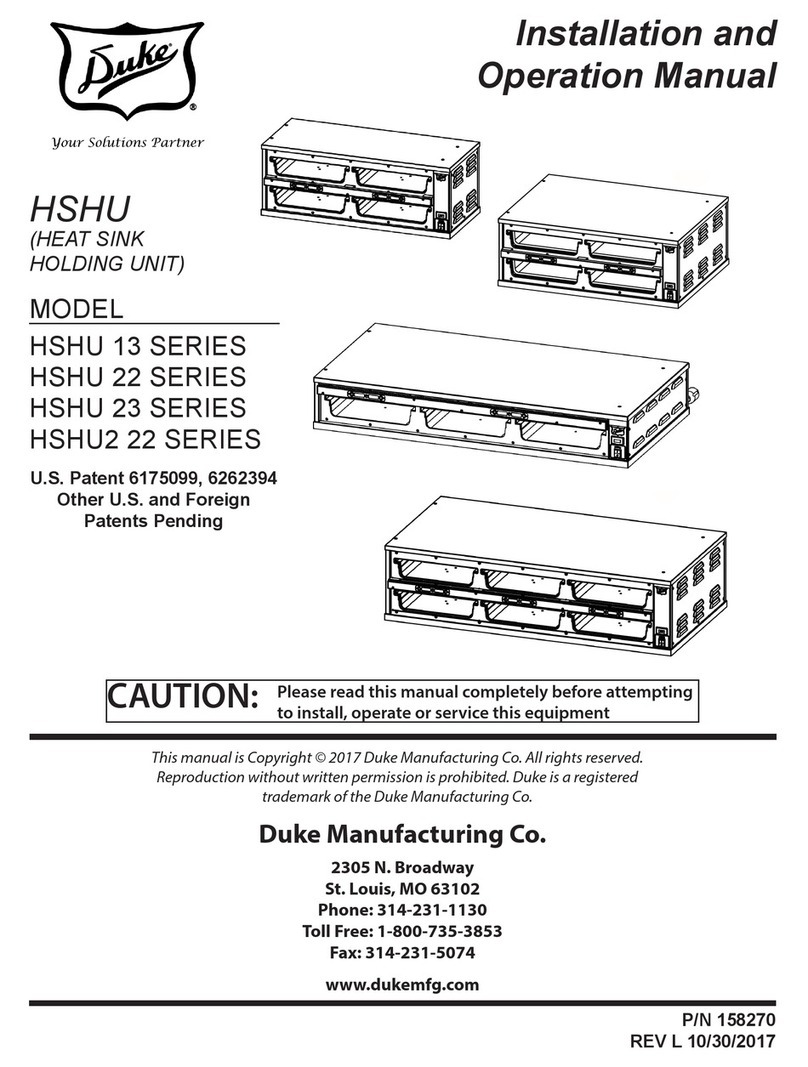
PRODUCT DATA SHEET
www.grassvalley.com
distinct editing suite location. In this
way, each location can control a different
device named “VTR1.”
Jupiter controls a wide range of Grass
Valley routers by means of its proprietary
crosspoint bus connection, including
Trinix™, Apex™, Concerto™, Acappella™,
and Venus™routing switchers. A wide
range of third-party routers can also
be controlled through a number of
supported serial interfaces.
Jupiter interfaces to our various
master control and production switcher
products, including Saturn™, Kalypso™,
Zodiak™, and XtenDD™systems. This
allows these products to control routers,
and access router source and destination
names for source selection and name
display. In addition, the Jupiter system
supports audio attribute processing
on Grass Valley Apex and Concerto
Series digital audio matrices—users can
swap two audio channels, invert either
channel, sum the channels, or duplicate
a channel to feed mono input to both
channels.
Scale Up to 4096x4096 with
Jupiter Controllers
Using dedicated and compact 1 or 2 RU
controller frames, users can scale a
Jupiter system to support large, multi-
matrix, multi-location configurations.
Each controller frame supports up to
two controller boards and two redundant
power supplies. Users can combine
multiple Jupiter controller boards on an
Ethernet facility network to increase
throughput by dividing workload.
For mission-critical applications,
users can add a redundant CM-4000
controllers to increase system reliability.
Adding redundant Jupiter controllers
to the network provides an extra level
of redundancy for mission-critical
applications. Each Jupiter controller
frame can support two groups of eight
serial I/O ports for applications such as
automation interfaces.
Multi-Facility System Control
Because the Jupiter system uses
standard RJ-45 10/100Base-T Ethernet
connections, users can expand control
across multiple locations using standard
IP networking techniques. From
providing a journalist on the Jupiter
system’s network with a PC control
panel for selecting sources, to complete
control of remote facilities with
extensive routing matrices, the Jupiter
system uses standard Ethernet routers,
switches, and WAN/LAN equipment.
Automation andTally Control
The Jupiter system supports both ES-
LAN and Grass Valley’s popular native
protocol.
Since virtually every major automation
system and tally system vendor offers
native protocol interfaces, these
interfaces work seamlessly with Jupiter.
GlobalTie-Line Management
Jupiter supports tie-line operations
which allow for the transparent routing
of signals between levels. Tie lines
make all the sources on a remote
routing matrix available to users on a
local matrix through software-controlled
interconnections. When a user requests
a source that is not found on the local
matrix, the request is automatically
assigned to a tie line and acquired from
the remote matrix. Placing conversion
equipment on tie lines between matrices
with dissimilar signal types eliminates
the need for a dedicated converter for
each source. The Jupiter system adds
to this proven technology the ability to
configure tie lines globally from a central
location for all matrices in the system,
including those located remotely.
Logical Matrix Mapping
Logical matrix mapping maximizes
crosspoint utilization by subdividing a
physical crosspoint matrix into multiple
logical matrices, eliminating the need
for dedicated crosspoint modules for
different types of signals. In addition,
crosspoints can be selectively
assigned to ensure that input signals
are only routed to appropriate output
destinations. These logical matrices
can be tied to a single control level for
simultaneous switching (such as audio/
video, video/key, or R/G/B). Logical
matrix mapping also makes it possible
to group device connections, simplifying
system cabling. The Jupiter system’s
matrix remapping feature minimizes
system rewiring associated with
equipment upgrades. When changing the
type or format of equipment on an input
or output, the Jupiter remapping feature
requires only a modification of the logical
matrix table to reassign signals to the
correct inputs or outputs.
JUPITER CONTROL SURFACE OPTIONS
Software Control Panels Offer
Desktop Convenience
For the occasional user, or a user in a
remote location, software control panels
can be displayed on any PC connected
to the Jupiter system LAN/WAN. The
Jupiter system lets administrators set
a user’s level of access and control to
prevent unwanted operations and to
grant new levels of functionality.
New Control Panels
Grass Valley has enhanced the already
large offering of Jupiter control panels
with an additional eight panels for the
ultimate in design flexibility.
These new panels are very versatile,
offering benefits to the broadcaster,
mobile truck operator, and the production
house.
The eight new panels all have the same
mechanical form factor to allow for:
Ethernet or serial interconnection•
AC or DC power options•
GPIO options•
New color display•
Thin profile (1.27" or 32 mm) for tough•
installation requirements.
Relegending buttons•
Easy-to-view colored back-lit buttons•
The eight new panels are grouped by
button size—small or large. The small
buttons are used in applications that
need a lot of buttons on one panel—see
the S100 with over 100 buttons available
for use. The large buttons are available
to allow for easy finger press and larger
legends (labels) if desired.
